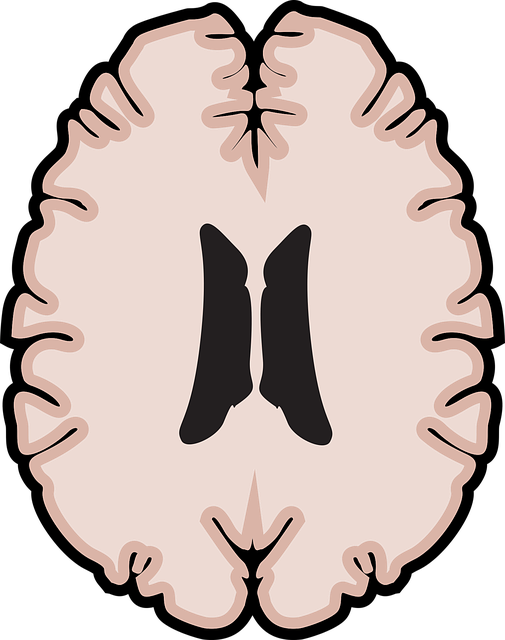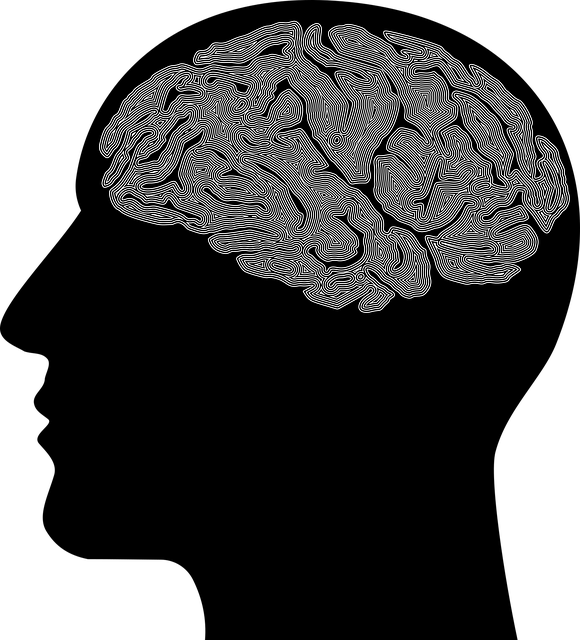Analyzing mental health data from diverse sources like clinical settings, online platforms, and research studies is crucial for understanding and preventing suicide among young adults. By identifying risk factors such as social determinants of health, historical trauma, and adverse childhood experiences, researchers can develop targeted interventions like therapy for young adults. Evidence-based practices like CBT and DBT equip individuals with coping mechanisms, while compassion cultivation fosters healing and resilience. Data-driven strategies, including stress reduction methods and integrated trauma support, empower healthcare providers to adapt approaches and provide tailored support for at-risk young adults, ultimately saving lives through comprehensive therapy for Young Adults Suicide Prevention.
Mental health data analysis is a powerful tool in understanding and addressing critical issues like suicide prevention among young adults. This article delves into the intricacies of analyzing trends, identifying risk factors, and exploring therapy’s role in mitigating suicide ideation. We examine data sources and collection methods, highlighting the importance of accurate data for informed decision-making. By implementing data-driven strategies, we can enhance support systems, targeting at-risk populations like young adults, ultimately aiming to reduce suicide rates through effective therapy integration.
- Understanding Mental Health Data: Collection and Sources
- Analyzing Suicide Prevention Trends Among Young Adults
- Identifying Risk Factors and Protective Measures
- The Role of Therapy in Mitigating Suicide Ideation
- Implementing Data-Driven Strategies for Effective Support
Understanding Mental Health Data: Collection and Sources

Understanding Mental Health Data involves recognizing that it’s a crucial aspect of navigating and improving psychological well-being, especially among young adults. Data collection in mental health is multifaceted, drawing from various sources such as clinical settings, online platforms, and research studies. This data can include records of therapy sessions for young adults, survey responses on suicide prevention attitudes, and even self-reported experiences through mobile apps.
Self-Care Routine Development for Better Mental Health and Stress Reduction Methods are other vital components that contribute to a holistic understanding of mental health trends. Compassion cultivation practices have also emerged as valuable tools in data analysis, offering insights into how these can be integrated into therapeutic interventions and community programs. Such diverse sources enrich the landscape of mental health data, enabling more nuanced interpretations for better support systems, especially tailored to young adults’ unique needs.
Analyzing Suicide Prevention Trends Among Young Adults

Analyzing suicide prevention trends among young adults is a critical aspect of understanding and addressing a growing public health concern. By delving into mental health data, researchers and professionals can uncover valuable insights into the factors contributing to suicidal ideation and behavior within this demographic. Through the application of advanced statistical techniques, it’s possible to identify emerging patterns and shifts in suicide prevention trends over time, guiding more effective interventions and strategies.
The integration of therapy for young adults, such as crisis intervention guidance and compassion cultivation practices, has shown promise in reducing risk factors associated with suicide. Additionally, stress reduction methods play a pivotal role in mental health data analysis by helping to decouple the complex interplay between psychological distress and suicidal thoughts. By understanding these trends, healthcare providers can adapt their approaches, ensuring that the most at-risk individuals receive timely and targeted support, ultimately saving lives.
Identifying Risk Factors and Protective Measures

Identifying risk factors is a crucial step in mental health data analysis, especially when focusing on vulnerable populations like young adults. By scrutinizing trends and patterns within the data, researchers can uncover potential predictors of mental health issues, such as depression or anxiety disorders. These may include social determinants of health, historical trauma, exposure to adverse childhood experiences (ACEs), or genetic predispositions. Once these factors are understood, targeted interventions like therapy for young adults suffering from suicidal ideation can be developed and implemented effectively.
Protective measures, on the other hand, are equally important in mental health awareness and prevention strategies. Data analysis should also explore factors that promote resilience and positive mental well-being. For instance, social support networks, access to quality education, and effective burnout prevention strategies for healthcare providers can act as protective factors against mental health disorders. Understanding these aspects helps in designing comprehensive programs and policies aimed at enhancing the overall mental health of communities, with a specific focus on suicide prevention among young adults.
The Role of Therapy in Mitigating Suicide Ideation

Therapy plays a pivotal role in mitigating suicide ideation among young adults. Through structured interventions and personalized support, therapy helps individuals cultivate inner strength and develop coping mechanisms that can effectively manage distressing thoughts and feelings. By employing evidence-based practices such as cognitive behavioral therapy (CBT) and dialectical behavior therapy (DBT), mental health professionals equip young adults with the tools needed to navigate challenging situations and enhance their overall well-being.
The focus on mind over matter principles within therapeutic settings empowers individuals to challenge negative thought patterns and replace them with more adaptive and realistic perspectives. Moreover, trauma support services integrated into therapy can address underlying issues that often contribute to suicidal ideation, fostering a sense of healing and resilience. Ultimately, therapy serves as a powerful tool in suicide prevention by promoting self-awareness, emotional regulation, and the development of healthy coping strategies.
Implementing Data-Driven Strategies for Effective Support

Implementing data-driven strategies is transformative in mental health support, especially for young adults grappling with suicidal ideation. By analyzing trends and patterns within therapy outcomes, we can identify effective practices and tailor interventions to specific needs. This approach leverages the power of evidence-based methods, ensuring that resources are allocated efficiently and effectively. For instance, data might reveal the profound impact of compassion cultivation practices in reducing suicide risks, guiding further implementation across treatment settings.
Moreover, integrating insights from public awareness campaigns development can foster a supportive environment. Understanding how to convey information about mental health effectively reaches more young adults in need. Confidence-boosting interventions, based on data analysis, empower individuals to seek help early and navigate their journeys with resilience. This multifaceted strategy combines evidence, empathy, and outreach for comprehensive suicide prevention.
Mental health data analysis plays a pivotal role in understanding and addressing critical issues like suicide prevention among young adults. By examining trends, identifying risk factors, and implementing data-driven strategies, we can enhance therapeutic interventions and provide more effective support. The article highlights the importance of both qualitative and quantitative approaches, emphasizing therapy’s crucial role in mitigating suicide ideation. Embracing these insights enables us to create a more supportive and resilient environment for young adults’ mental well-being.














